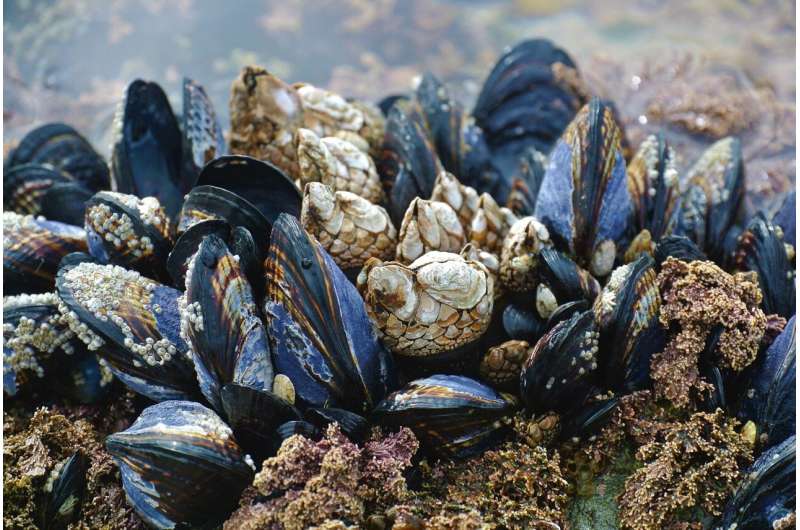Researchers at Rice University have developed a groundbreaking technique to harness the adhesive power of mussels and combine it with an enzyme that breaks down harmful plastics. This novel approach could revolutionize plastic recycling and address the growing issue of plastic pollution worldwide. The research also offers potential solutions to biofouling, a problem that has long plagued industries ranging from shipping to medicine. Bioremediation has never looked so promising.
This innovative work highlights the transformative potential of genetic code expansion technology in solving real-world problems.

The Adhesive Power of Nature
By looking into the sticky grip of mussels, researchers from Rice University have found a neat trick. This greatly increased adhesive force was then combined with an enzyme that correctly degrades PET, a highly resistant petrochemical-based plastic (found in packaging for example), offering an effective & novel solution to the global problem of plastic pollution.
The biofilm engineered to produce a natural amino acid found in nature called 3,4-dihydroxyphenylalanine (DOPA), which is responsible for the sticky adhesive nature of mussels had about a 400-fold pushing power improvement when attaching to PET surfaces. The team then combined this cohesive bacteria with an enzyme — polyethylene terephthalase hydrolase — that digests plastic making it more manageable. According to the scientists, a large degree of plastic breakdown occurred overnight reflecting how efficient this new method really is.
Transforming Plastic Recycling and Biofouling
The results have wide reaching implications. The team’s creative approach might contribute to a new and successful solution to the plastic pollution crisis, both in the United States and worldwide. The team say that this technology has the potential to completely revolutionise plastic recycling, enabling a more rapid and quicker reduction of plastic waste and environmental impact by greatly accelerating the degradation of PET.
Besides addressing plastic pollution, the work could inform a number of potential solutions in combatting biofouling—unwanted settlement and growth of wetland organisms such as microorganisms, plants, algae and small animals on submerged surfaces. The DOPA-modified proteins had good adhesive properties to organic and inorganic surfaces which resulted in a barrier resistant to the accumulation of these unwanted materials. The knowledge has a breadth of potential applications, including in shipping, underwater infrastructure and even the development of medical devices that still interact with water but do not need to worry about bacterial growth.
Title: Unlocking the Promise of Genetic Code Expansion
The scientists note that their strategy highlights the benefits of using genetic code expansion in material and cellular engineering. Prelogix is versatile and has the ability to make a big impact on numerous bioengineering applications as well as real problems.
For instance, in medicine, DOPA-modified proteins could provide a way to inhibit bacteria from growing on medical devices, making them both safer and more efficient. The researchers even imagine being able to create smart material-protein conjugates for use in a range of biomedical applications like on implantable medical devices, tissue engineering and drug delivery.
The team’s pioneering research demonstrates the enormous promise of leveraging nature’s designs to confront some of our biggest environmental and technological needs. The future is looking up for sustainable solutions that can actually have an impact on the world as we continue to break new ground in science and innovation.
